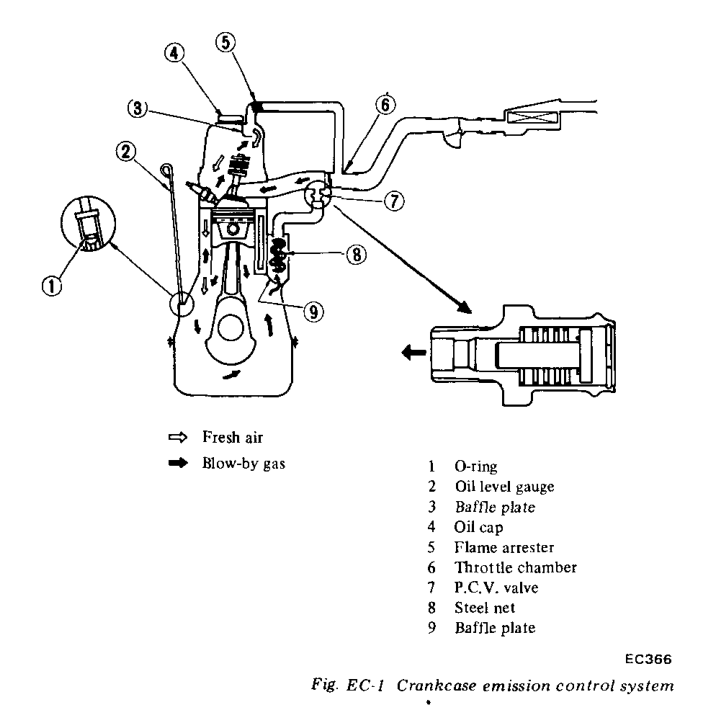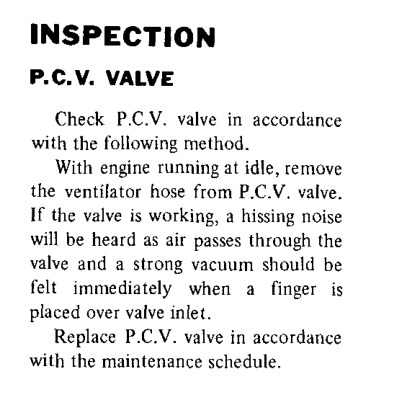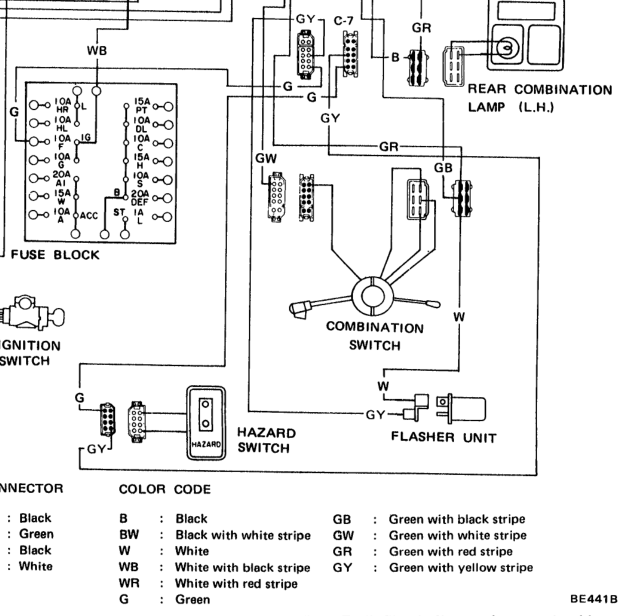Everything posted by Zed Head
-
Overheating Only Under Load
I'm going to guess that the water pump is not pumping or is pumping at a low rate. Maybe there's a blockage. The hot coolant is just moving slowly by the sender right after it picks up the extra heat from the "load test". In the garage with no load, the extra RPM move the coolant just a little bit faster pulling cooled coolant through from the radiator. The gauge needle behavior looked normal, plus it started from the correct spot for an idling warmed up engine. The proposal of a bad sender really just means that it's correct at about 180, but shoots up ~10 degrees / real degree after 180. It might be scary to do but if you load tested at higher RPM you might get a different result. Keep the revs up to keep the coolant moving. Just trying to fit the puzzle pieces together. When you dump the flushing chemicals you might remove the top radiator hose and see what kind of flow you have. Don't drain it, use the engine and water pump to push it out. Another data point...
-
Strange intake noise?
This is the most likely cause of the noise. The system is not "intact". During normal operation of an engine with normal blowby there won't be very much flow through the valve. Just enough to clear out the gases.
-
Strange intake noise?
- Strange intake noise?
You got my point backward. The "CAI" lets the noise out. The factory air filter keeps the noise in. It's just normal air flow noise.- Strange intake noise?
Put the factory air cleaner back on and see if it's still there. Automotive engineers spend a lot of time figuring out how to quiet intake noise. People pay good money for "cold air intakes" to get that noise.- Strange intake noise?
He said they took it off.- Z's on BAT and other places collection
I noticed that too. Plus they edited in footage from behind the car but didn't change the soundtrack. The guy said that he took four trips down the mountain to get the footage. Pretty sure I heard a gear grind in the video also. I think that they just over-produced on the video. It's in the "collector" zone, early car, very original, etc. Collectors don't want to see people beating on their dream car.- Strange intake noise?
I watched the video and don't hear the noise. Are all of the various vacuum ports on the intake manifold used or sealed? Charcoal canister, AC system control, brake booster, etc.- Strange intake noise?
That's what I meant. You didn't answer so I couldn't tell. With no throttle body there is effectively no vacuum being pulled on the intake manifold. So any leaks that would make noise with vacuum will stop making noise. Could be an injector seal, the gasket around the cold start valve, intake manifold gasket.- Strange intake noise?
If the system is not intact you can suck a lot of air through the PCV valve. How did you keep the engine from revving to 8000 RPM with no throttle blade?- Overheating Only Under Load
So you can sit in the garage and let it rev at 3000 and no heat increase? Just trying to add something. The more words the better. Good luck.- Overheating Only Under Load
That was after the driving. I'm wondering about repeatability under no-load conditions. Just another clue. You don't have many right now.- Strange intake noise?
Is the PCV system intact? Might be pulling through the PCV valve on the bottom of the intake manifold.- Cody's Goon
If it moves up and down with engine RPM then it must be sensing the current. Since it's designed for a 4 cylinder engine you'd think it would be more responsive on a 6 cylinder, not less. 50% more sparks than expected. Kind of sounds like it has problems.- Distributor drive gear
Actually, most people "fix" it so that they can go racing or making large amounts of high RPM power, as described in those Hybridz threads. Most of the people that have problems are exceeding the design limits of the engine. Your situation is interesting because you had the common engine problems that many people have. No high RPM dyno runs or race miles. But, anyway, you've accomplished your mission. Another thread about the slipping oil pump shaft drive gear. Plus it has links to two others now. It would be cool to see a good one and a slipped one side-by-side though. If you ever get the chance.- Is the Zcar Depot dead?
Caveat emptor- Overheating Only Under Load
What happens if you just raise the RPM while sitting in neutral? Can you get the needle to go up and down without a load? It kind of looks like what you might expect if the radiator was not actually removing much heat. Is your heater core intact and connected or has somebody "bypassed" it? The bypass allows coolant to pass through the block and back to the pump without passing through the radiator. Effectively reduces pump capacity. Another thought is that the water pump impeller blades are shot and not moving much coolant.- Z's on BAT and other places collection
I get the impression from the various comments around the internet that people feel that there are more buyers than cars out there, therefore if a car is priced appropriately it will always sell. In other words there is a group of many buyers out there looking to buy. Maybe that's not the case and the number of buyers/collectors is actually limited. I also had the impression that the car probably had more value as a collector car than an enthusiast's car, like you're implying above. If I was a collector I would cringe at the driving video, each rev to 6000 RPM was subtracting value. But as an enthusiast it was fun to watch.- Distributor drive gear
The reason to verify is so that you can fix it. https://forums.hybridz.org/topic/106792-slop-in-the-distributor-drive/ https://forums.hybridz.org/topic/115353-l28et-issues-oil-pump-shaft-gear-spun/- Z's on BAT and other places collection
Maybe he had a bit too much fun in the driving video. I think on a one week auction your timing has to be pretty good. August is not a great time for selling either, I think. The people with the extra money are often spending it on vacation. Spring is when you want to sell. https://bringatrailer.com/listing/1970-datsun-240z-86/- Distributor drive gear
I recall reading about that but the gear also moved up the shaft. A comparison of shafts or a measurement should show something. Without that it's just a guess.- Fuel issue?
Even though the fuel pump motor is bathed in gasoline it can still overheat and stop working. People have reported similar in the past. No ideas on the two things happening on the same trip. The starter motor draws a lot more amps than the fuel pump. Once the solenoid is engaged it has its own dedicated big wire circuit.- Is the Zcar Depot dead?
It's normal. Make sure that you really want the part and that there are very good odds that it will work though. The same problems exist on returning a product.- ‘77 280z signal fuse keeps blowing up
The diagram suggests that the short that blows your flasher fuse would be in the Hazard switch, or the flasher unit itself, or the wires between the fuse and the flasher unit. The flasher unit provides resistance to stop a short to ground after it from blowing the fuse, I think. Edit - but it would have to be a constant short circuit that doesn't pull enough to blow the fuse by itself. Using the signal switch pushes it over the edge. Since the signal switch completes the circuit to ground. The voltage is always in the wires.- ‘77 280z signal fuse keeps blowing up
What about the flasher fuse? That's the one that is blowing, right? - Strange intake noise?
Important Information
By using this site, you agree to our Privacy Policy and Guidelines. We have placed cookies on your device to help make this website better. You can adjust your cookie settings, otherwise we'll assume you're okay to continue.









